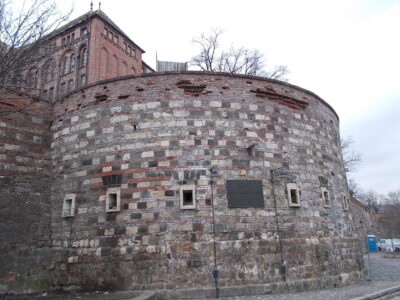Puberty
After the death of Mathias Cornivus, his kingdom fell into a prolonged and steep decline. An oligarchy of aristocratic magnates decided who was to rule their kingdom depending on their interests, leading to a destructive defeat of their army by the advancing Ottomans in the Battle of Mohács (1526) and the partition of the kingdom, with one part becoming an Ottoman vassal and the rest agonizing about its possible annihilation by the Muslim behemoth getting bigger by the day.
In August of 1541, Suleiman the Magnificent and 6,000 Janissaries crushes the Habsburgs in front of Buda and makes the Hungarian capital a part and extension of the Ottoman Empire. All citizens and nobles were allowed to leave the city unharmed. Although the Habsburg Emperor Ferdinand I would try to take back the twin cities less than a year later with the Siege of Pest he would fail. Buda and Pest would remain under Ottoman occupation for 150 years.
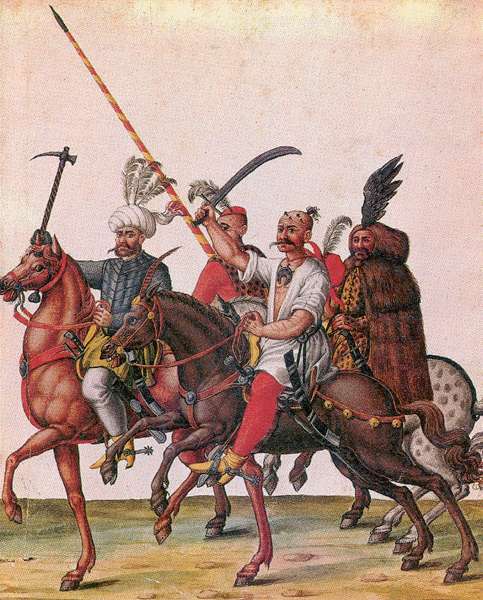
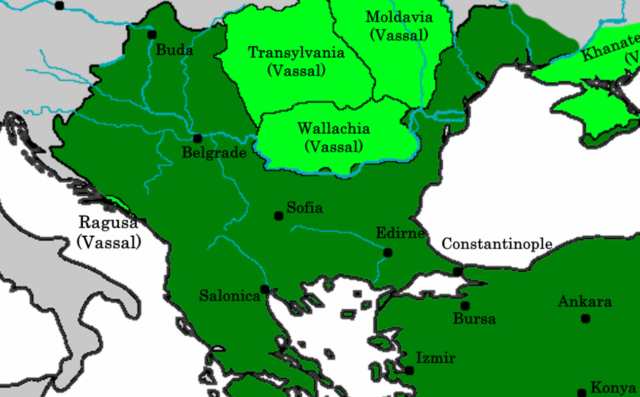
The Pasha of Budin (Buda) became the ruler of the Ottoman provinces (Eyalets) of Hungary. Land could only be possessed by the Sultan to do with it as he pleased. The Sultan then gave a large piece back to his soldiers and civil servants to collect taxes from it. Although different religions were tolerated, non-Muslims were in essence second-class citizens burdened with more taxes. Many Christians left their home, others converted, and some were taken as slaves but gradually life found a new equilibrium.
Although a form of self-government was preserved and Budin was for the Ottomans an important trading center and a bridgehead for the conquest of the Habsburg capital of Vienna, the native population decreased significantly and overall stagnated socioeconomically. The Royal Palace fell in disrepair and was subsequently used as a munition storehouse.
Mosques and Turkish baths with Rudas Baths surviving to this day were built around the city while Gül Baba, the author of an Esoteric interpretation of the Quran who had died during the conquest of Buda, was declared to be the Wali (Patron saint) of the city. His surviving tomb in Budapest is the northernmost Islamic pilgrimage site in the world today.
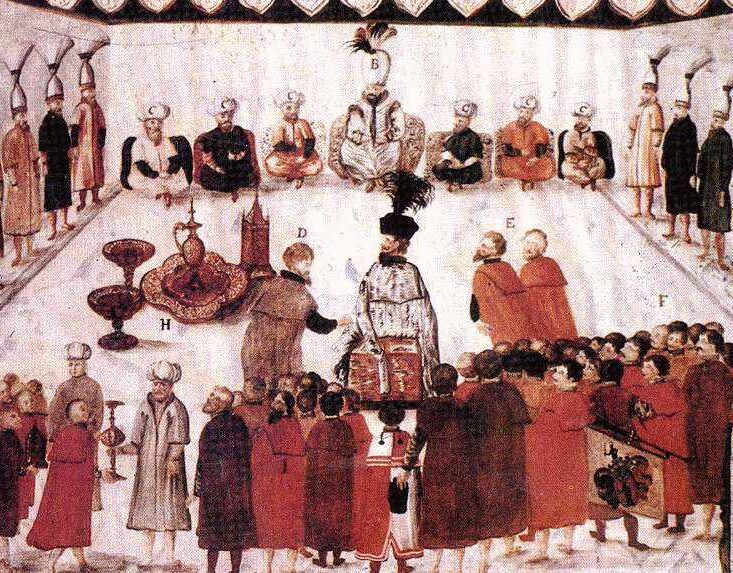
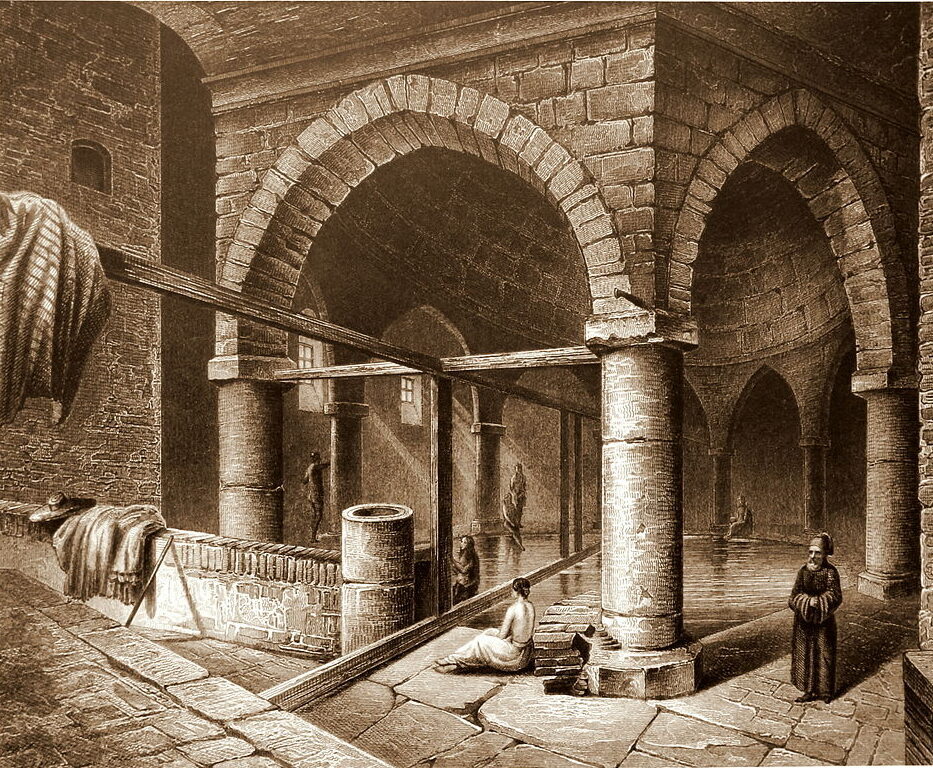
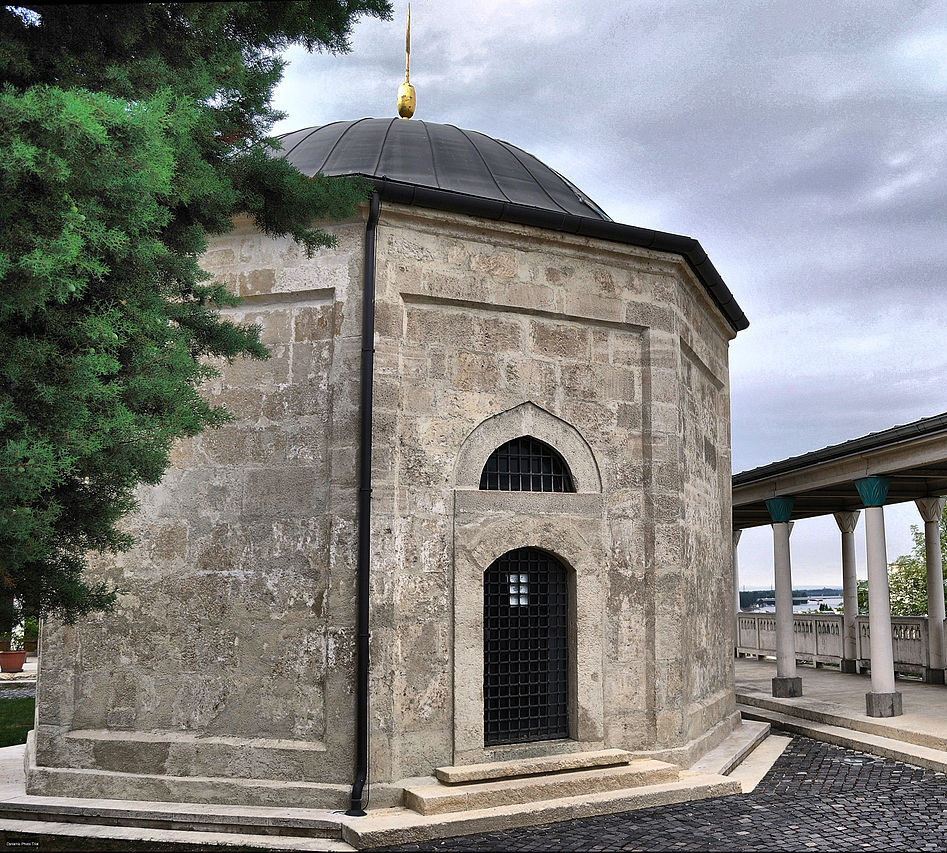
Gradually the ethnic composition of the city changed with the Jews and Gypsies becoming the dominant ethnic groups of the Ottoman outpost. At the same time due to the Ottoman Empire’s goal to conquer the Habsburg Capital of Vienna, Budin’s proximity to it created the need for better defense with several rings of the wall being built around the city. The old castle was somewhat enlarged, its walls enhanced and various defensive towers like the Karakas Pasha Tower were built.

